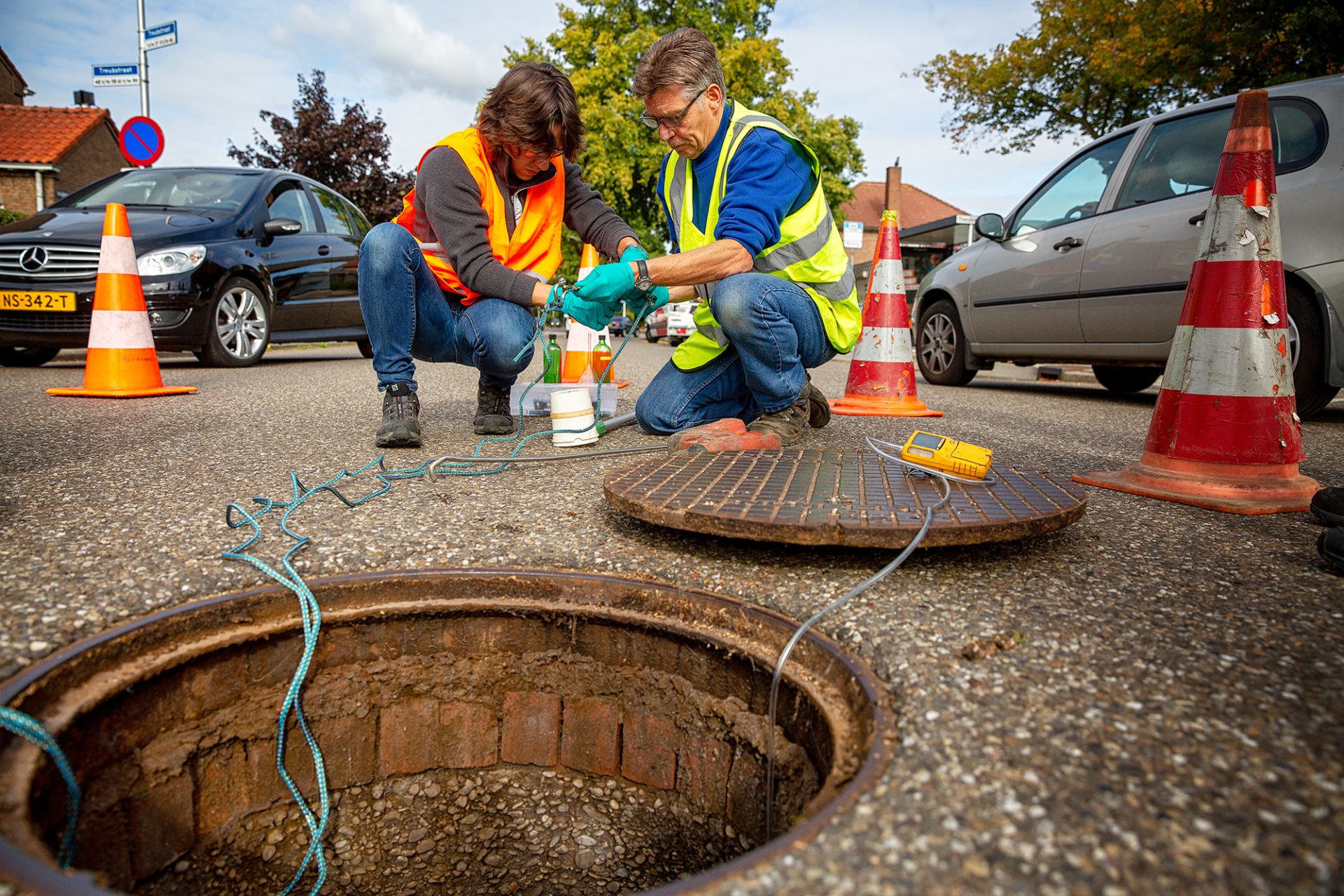New project studies how animals suffer the consequences of our medicine use
-
 An Indian vulture. Photo: Flickr/Mike Prince (CC BY 2.0)
An Indian vulture. Photo: Flickr/Mike Prince (CC BY 2.0)
Part of the medicines we swallow is excreted in our urine. That can have adverse consequences for nature and the environment. Environmental expert, Ad Raga, is to chart exactly which risks more than a thousand of such pharmaceuticals pose.
It was a strange phenomenon in India and Pakistan, early in the 21st century. Vultures appeared to be dropping dead from the sky. Subsequent research showed the cause to be Diclofenac, an anti-inflammatory medicine given by local farmers to their livestock in large doses to prevent disease. But when vultures fed on the carcases of the cattle that had died on the steppe, it was immediately their last supper – their kidneys turned out not to be resistant to the anti-inflammatory drug. Millions of birds died.
Diclofenac is just one of the thousands of types of medicine which end up in the environment every day. For example, we excrete part of the pills we swallow in our urine. Nothing is known about the effects on nature of most medicines – only since 2006 have pharmaceutical companies been required to investigate this. Ad Ragas, environmental researcher, hopes to change that, thanks to a large European grant he was recently awarded.
Multi-million-euro project
In a video call, he tells us he will be using the money to chart the environmental effects of around 1500 existing medicines in the coming six years. ‘For some substances, the knowledge is there but it hasn’t been collected systematically anywhere. That’s what we’re going to do now, in the form of a database.’
Ragas, Associate Professor in the Faculty of Science and Professor of Environmental Science at the Open University, won’t be making that database alone. He will be collaborating in the multi-million-euro project with 25 partners, including other universities in Europe and the RIVM (National Institute for Public Health and the Environment). Radboud University is coordinating the project and pharmaceutical companies, such as AstraZeneca, known as the developer of one of the COVID-19 vaccines, are contributing to it. Ragas: ‘It´s kind of a joint venture between knowledge institutes and the industry. The companies are contributing around five million euros, as is the European Union, in the form of Horizon2020 funding.’
Discharging wastewater
The research team will also build a smart computer model to enable them to predict the effects of substances as accurately as possible. One aspect is the estimation of the concentrations of medicines in the environment. Ragas: ‘For every medicine, we check how much of it is sold, converted into an amount per person in the population. You can then factor in which proportion is excreted in the urine and therefore how much travels through the sewage system and ends up in the environment.’
The researchers carry out the latter by dividing Europe into water catchment areas of the large rivers, taking into consideration the exact points at which the 40,000 European sewage treatment plants discharge their wastewater. They compare the predictions about the concentrations of medicines with actual measurements taken on the spot.

Water fleas
A second part of the model is aimed at predicting the damage done to flora and fauna by the substances. ‘We can do that based on what we know from the literature, for example,’ says Ragas. By combining a lot of this kind of information, his team hopes to also be able to estimate the environmental impact of substances that have never been studied.
Pharmaceutical companies have been required, since 2006, to carry out such research for every medicine they want to launch on the European market. The research involves exposing fish, algae and water fleas to the substance to observe what happens. According to Ragas, any negative effects will not influence the approval by the European Medicines Agency (EMA). ‘But at least you’ll know what to expect in terms of the environment.’
The model could be an alternative to animal testing
It wouldn’t be a good idea to carry out laboratory research on all the estimated 1500 medicines that were approved before 2006. Financially, but also because of the large amount of animal testing that would entail. A model could be a great alternative.
Still a long way to go
Ultimately, the database with environmental risks and the underlying calculation model should be made available to the public. Ragas: ‘Maybe the EMA could take on its administration.’ For example, it would allow nature or water managers to look up and predict exactly what concentration of a particular medicine will be present in fish blood in a certain area.
Lastly, Ragas hopes that pharmaceutical companies will also use his model when designing new medicines. ‘That they might for instance realise in advance: if we adjust this molecule just slightly, it will be much less damaging for the environment.’ But there’s still a long way to go, the professor realises. ‘AstraZeneca has maybe ten environmental officers on staff, but thousands of medicine developers. But it would count as a win if we could sit down together at the same table some time and talk about this.’
This innovative project can’t come a day too soon for the vultures in India and Pakistan. The Diclofenac killed off 99% of their population. Their numbers are slowly increasing again, partly due to breeding programmes.
Medicines in Nijmegen sewers
At present, there is a smaller study into medicine flows in Nijmegen wastewater running in Ragas’ research group. ‘This is comparable to the European project but on a much smaller scale,’ says Ragas. It involves trying to predict the concentration of medicines in the sewer in a few streets and neighbourhoods, based on sales of medicines at the local supermarket or the proximity of hospitals, for example. They are trying to ascertain whether filtering out these medicine residues can better be done at the hospital’s sewage pipe or further down the line at the sewage treatment plant.



